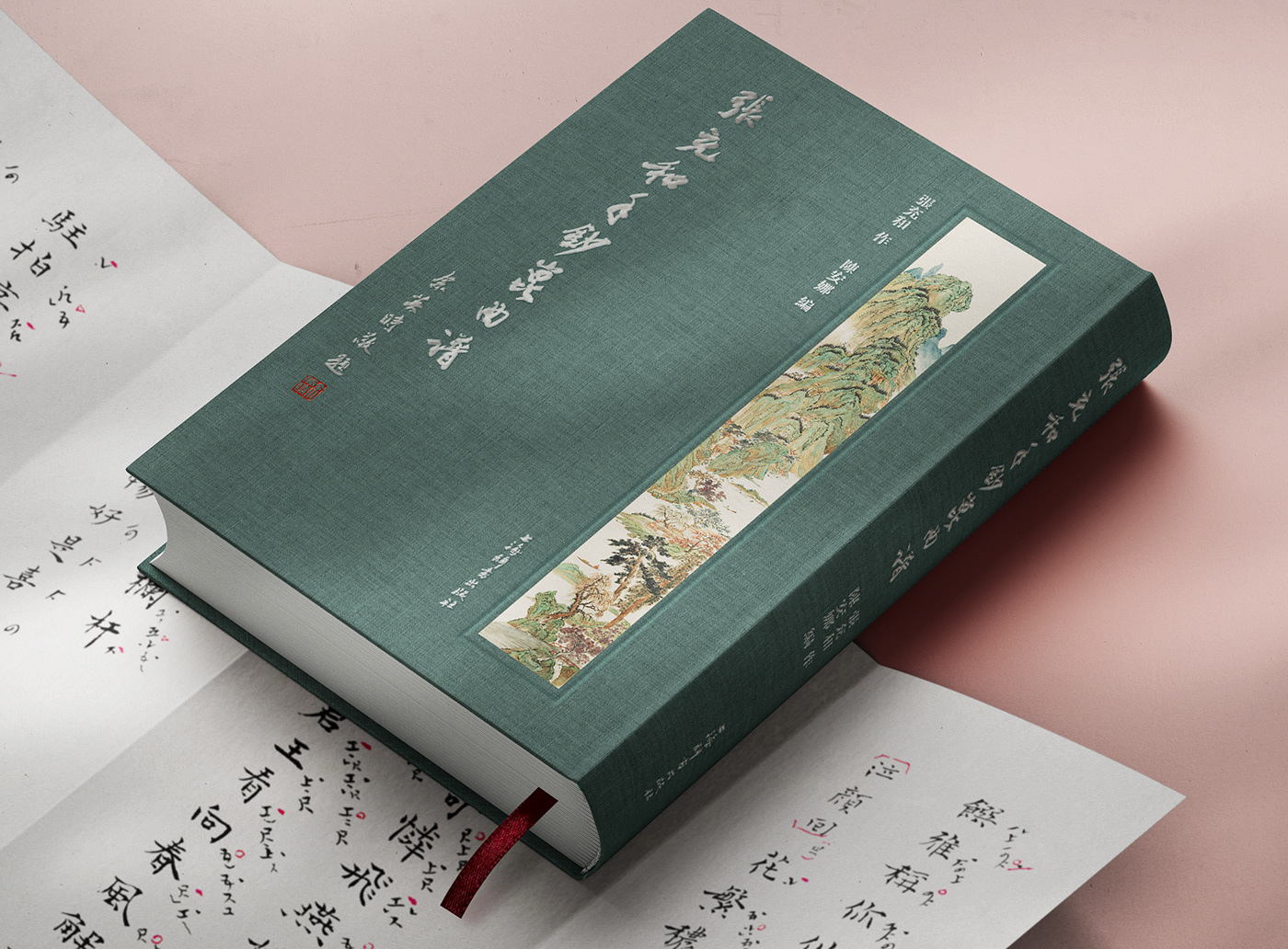
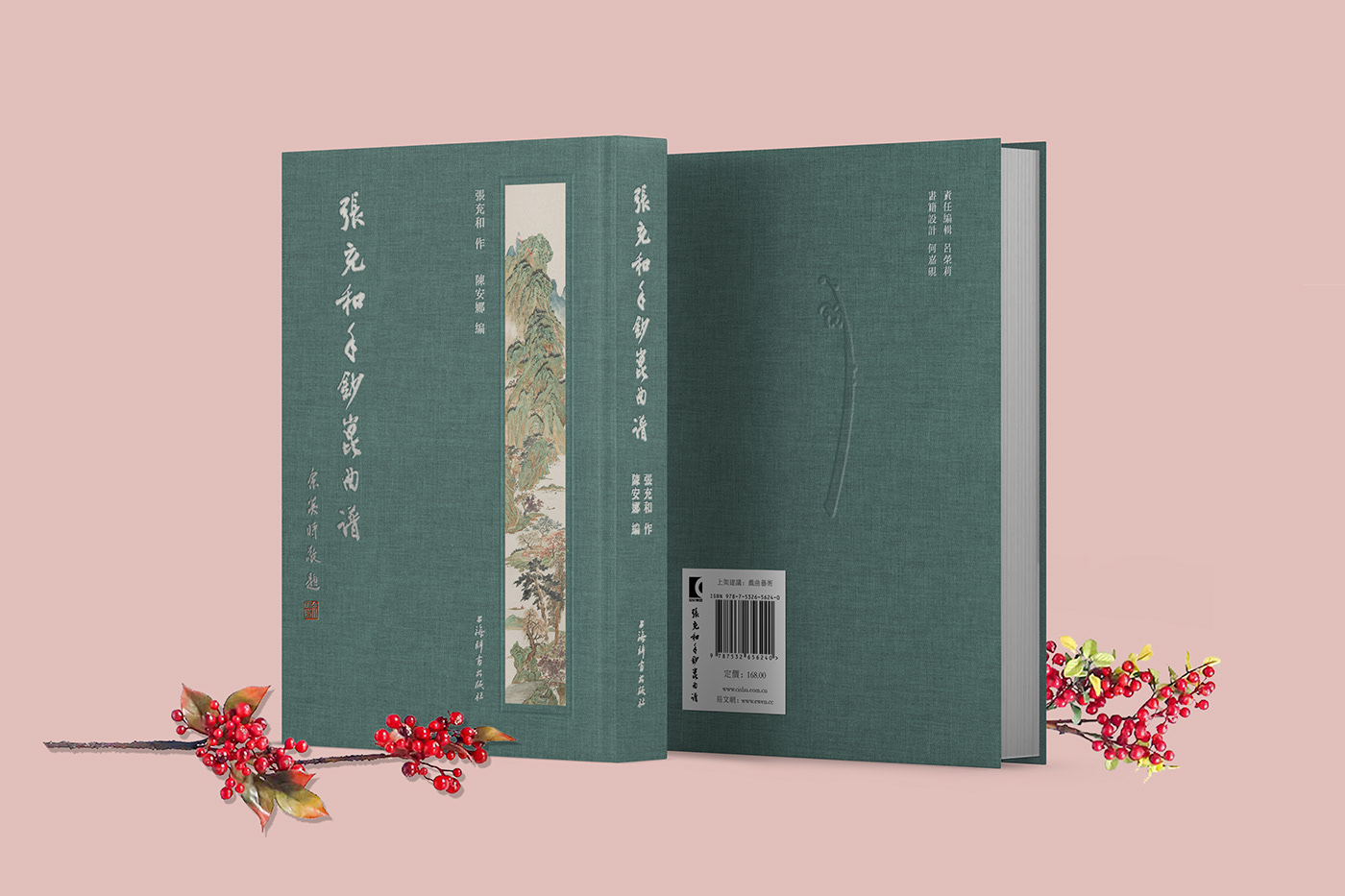
张充和手抄昆曲谱
张充和(1913—2015),苏州张家四姐妹之一,诗人、书法家、曲家,被誉为“民国最后的才女”。幼习书法与文学,1934年入北京大学中文系,抗战时期在四川从事古典音乐和昆曲曲谱的研究,拜沈尹默为师,深入研习书法,其书法以小楷尤佳,于唐楷之中参以晋人笔意,具端庄古雅之姿。1948年与美籍德裔汉学家傅汉思结婚,之后迁居美国。先后于哈佛、耶鲁等多所美国大学教授、传播中国传统艺术昆曲、书法等。
本书为张充和用小楷精心缮写的昆曲工尺谱,共收录《学堂》《游园》《惊梦》《拾画》《叫画》《硬拷》《折柳》《阳关》《惊变》《闻铃》《哭像》《弹词》《活捉》《寄子》《纳姻》《思凡》《芦林》《咏花》《金瓶梅中所唱曲》等曲谱,是张充和女士书法艺术与昆曲艺术两大成就的完美结合。
Chang Ch’ung-ho’s Kunqu Opera Notation
Chang ch’ung-ho or Zhang Chonghe (1913—2015), the youngest of the Chang’s sisters, was a Chinese-American poet, calligrapher and Kunqu Opera scholar. She is hailed as “the last talented lady of the Republic of China”. Ch’ung-ho was introduced to traditional Chinese calligraphy and literature at an early age. She was accepted to Peking University in 1934. During the Counter Japanese War (1937-1945), Ch’ung-ho was pursuing studies in traditional Chinese music and Kunqu opera notations. Instructed by the famous caligrapher Yin-mo Shen, She also dived into the intensive study of Chinese calligraphy. She got high attainments in calligraphy and was known for her Xiaokai (small regular scripts) works. In 1947, Chang met Hans Fränkel at Peking University. They married in November 1948, and settled down in the United States in January 1949. After that, Ch’ung-ho lectured at Yale University, Harvard University and 20 other universities in the US, teaching Kunqu Opera, Chinese calligraphy and other traditional Chinese culture and arts.
Chang ch’ung-ho or Zhang Chonghe (1913—2015), the youngest of the Chang’s sisters, was a Chinese-American poet, calligrapher and Kunqu Opera scholar. She is hailed as “the last talented lady of the Republic of China”. Ch’ung-ho was introduced to traditional Chinese calligraphy and literature at an early age. She was accepted to Peking University in 1934. During the Counter Japanese War (1937-1945), Ch’ung-ho was pursuing studies in traditional Chinese music and Kunqu opera notations. Instructed by the famous caligrapher Yin-mo Shen, She also dived into the intensive study of Chinese calligraphy. She got high attainments in calligraphy and was known for her Xiaokai (small regular scripts) works. In 1947, Chang met Hans Fränkel at Peking University. They married in November 1948, and settled down in the United States in January 1949. After that, Ch’ung-ho lectured at Yale University, Harvard University and 20 other universities in the US, teaching Kunqu Opera, Chinese calligraphy and other traditional Chinese culture and arts.
This book is a collection of Kunqu Opera Notation written in Xiaokai (small regular script) by Ch’ung-ho. 19 pieces of opera highlights were included to present Chu’ng-ho’s life-long accomplishment on Kunqu Opera and Chinese calligraphy art.
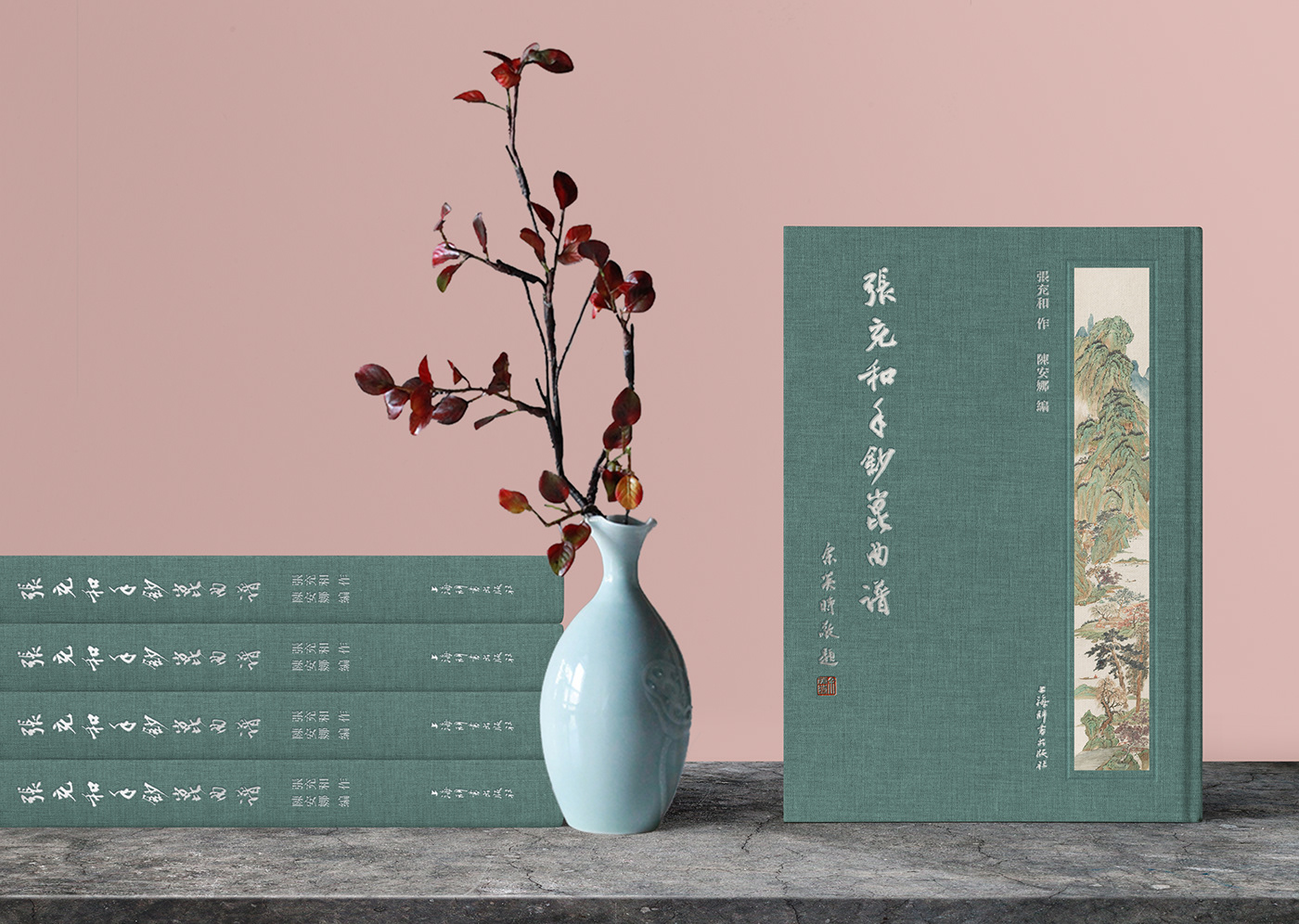


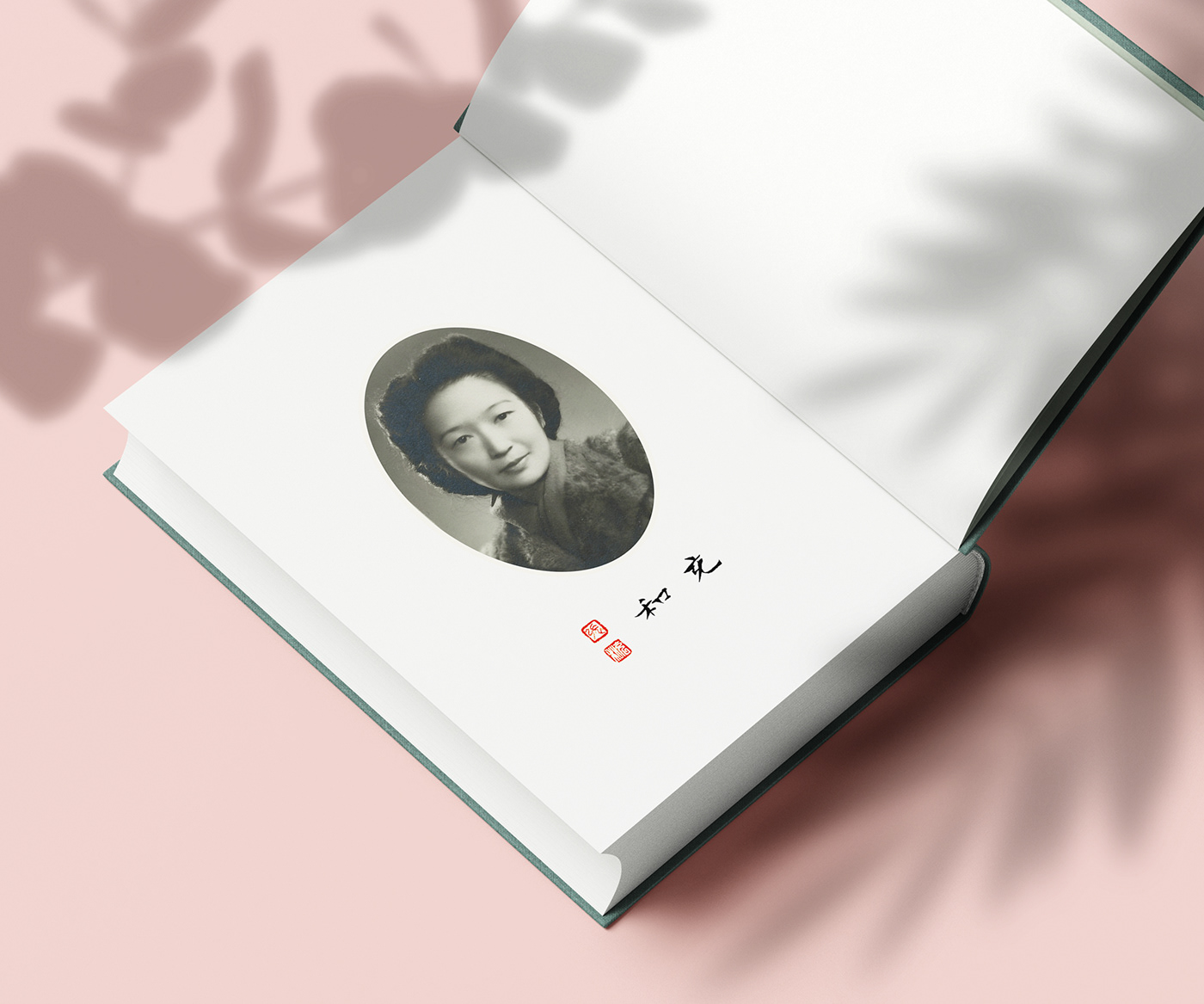






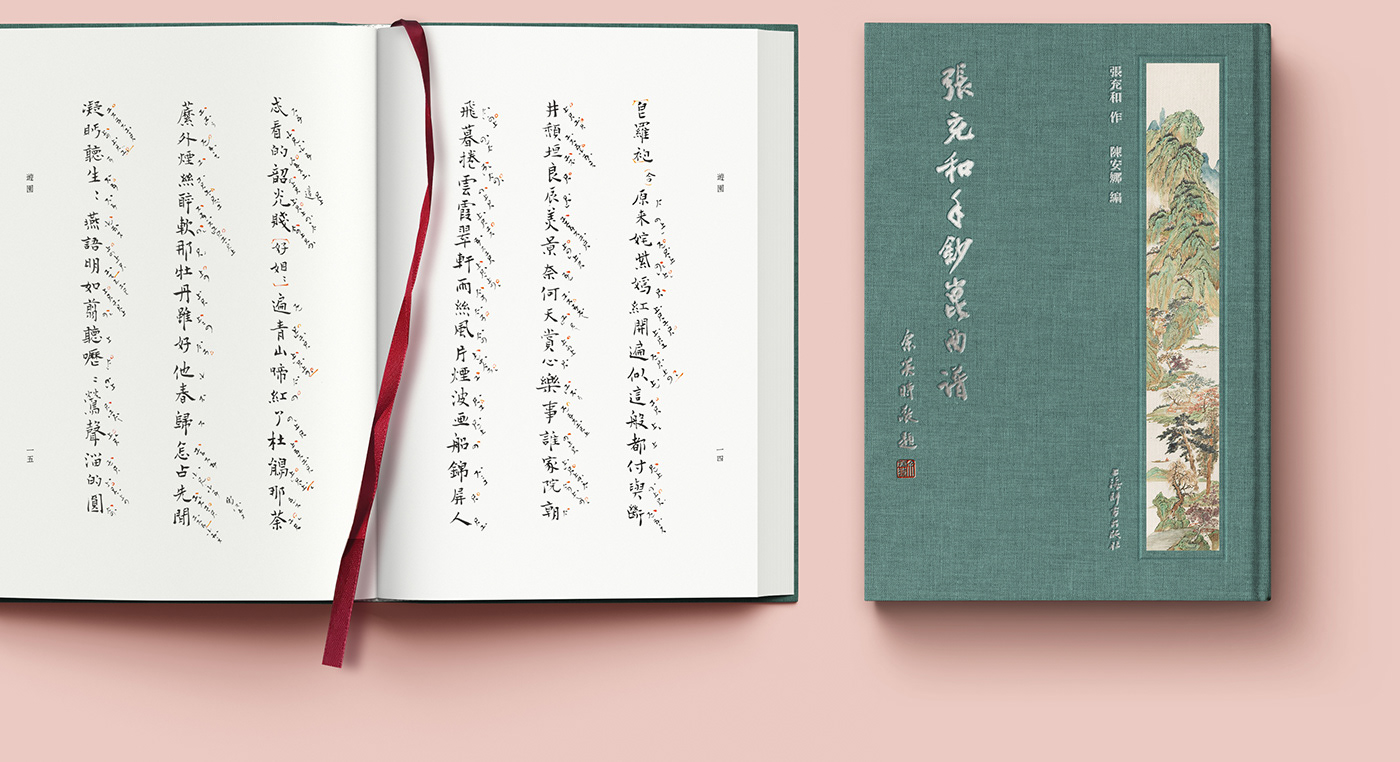




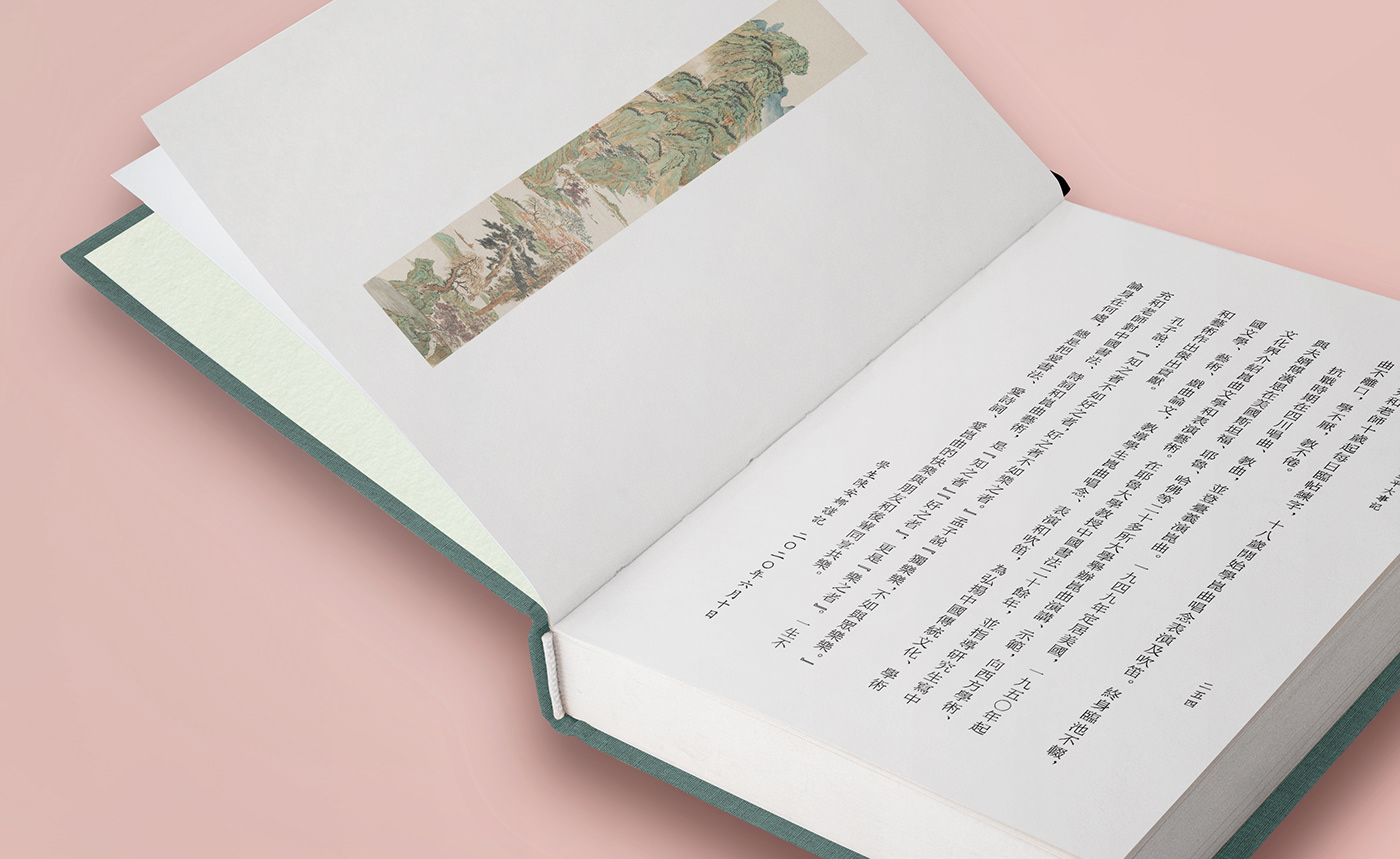
责任编辑:吕荣莉
Editor: Rongli Lv
书籍设计:何嘉砚
Editorial Design: Jiayan He
出版发行:上海辞书出版社
Publisher: Shanghai Lexicographical Publishing House








